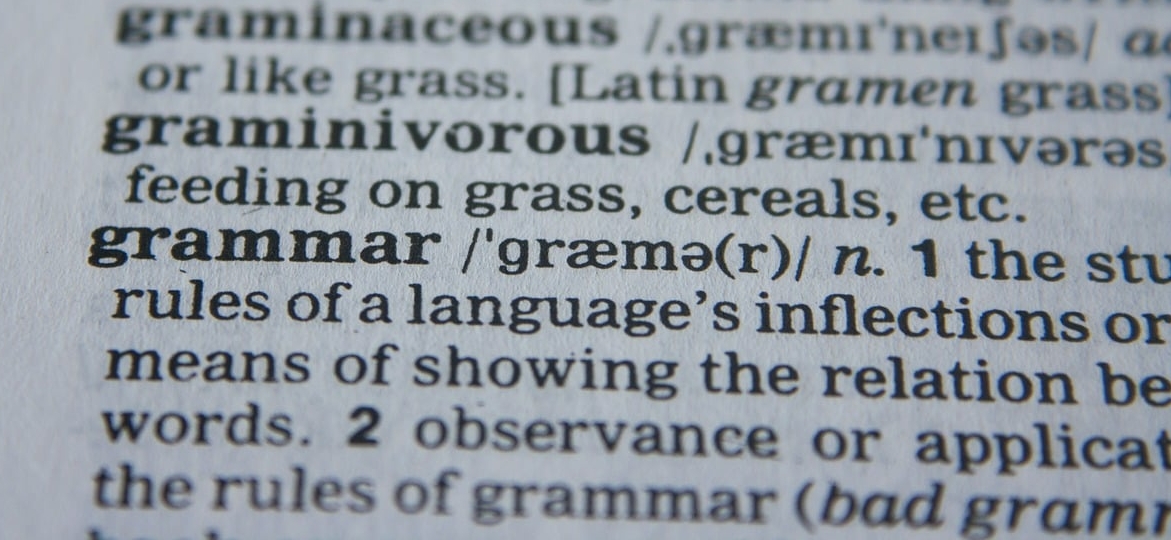Welcome to another GlobalExam article on the nitty gritty of French grammar. Today we’re talking about direct and indirect object pronouns in French. Here’s what’s on the menu:
- Understanding the COD
- Using the COD in context
- What is the COI?
- How to use the COI correctly
- Verbs that cannot be used with a COI
If you’ve got questions about using direct and indirect object pronouns in French, this is the article for you!
If you wish to enhance your French skills in order to take the tests DELF, DALF or TCF revising all our french grammar and conjugation worksheets is always a great idea!
What is the “COD”?
If you’re learning French, you’ve probably heard people mention the “COD”. This stands for complément d’objet direct, which is the direct object pronoun in French.
So, what exactly is a direct object pronoun? A simple sentence like Marianne regarde (“Marianne is looking”) has no direct object, there is simply a subject – Marianne – and a verb – regarder.
If Marianne were looking at someone or something, however, this would be expressed with a direct object:
- Marianne regarde la télévision (“Marianne is watching the television”)
- Marianne regarde Pierre (“Marianne is watching Pierre”)
In French, we can replace the COD – in this case the television or Pierre – with a direct object pronoun.

How to put the COD in a sentence in French
The direct object pronouns in French are as follow:
- Me, te, le, la, nous, vous, les
As you’ll have already seen, the pronouns me, te, le and la can undergo an elision when they’re followed by a vowel or a h: e.g. m’, t’, and l’.
Once you’ve identified the direct object, you can replace it with the matching direct object pronoun. Here are some examples:
- Marianne regarde la télévision 🡪 Marianne la regarde
- Marianne regarde Pierre 🡪 Marianne le regarde
Remember: the direct object pronoun in French is placed before the verb.
What is the “COI”?
Once you’ve understood the COD, it’s time to turn your attention to the “COI”. This is the complément d’objet indirect, or the indirect object pronoun.
If we take our sentence Marianne regarde Pierre, Pierre is our direct object. If, however, we change the verb to parler (“to speak”), we would need to modify the sentence for an indirect object in French:
- Marianne parle à Pierre (“Marianne is speaking to Pierre”)
The indirect object expresses the object to whom or for whom the action occurs – Pierre, in this case.

How to put the COI in a sentence in French
The indirect object pronouns in French are as follow:
- Me, te, lui, nous, vous, leur
Many of these are similar to the direct object pronouns we have already seen. The two notable differences are lui for the third person singular (with no difference between masculine and feminine) and leur for the third person plural.
Just like the direct pronouns, the indirect pronouns me and te become m’ and t’ before vowels or a h.
Let’s look at some examples of how we can replace the indirect object with the COI in French:
- Marianne parle à Pierre 🡪 Marianne lui parle
- Elle a écrit une lettre à ses parents 🡪 Elle leur a écrit une lettre (“She wrote a letter to her parents / She wrote them a letter”)
The indirect object pronoun is also placed before the verb.
Verbs that don’t work with a COI
You can often identify an indirect object by the prepositions à (“to”) or pour (“for”). There are, however, some verbs that use these prepositions to connect with an indirect object that cannot be replaced with an indirect object pronoun in French.
We’ve got a list below of verbs that don’t work with a COI. Commit them to memory!
- renoncer à (“to give up, renounce”)
- avoir affaire à (“to have to deal with”)
- croire à (“to believe in”)
- être à (“to belong to”)
- tenir à (“to care about”)
- venir à (“to come to”)
- faire allusion à (“to allude to”)
- penser à (“to think about”)
- revenir à (“to come back to”)
- faire appel à (“to appeal to, address
- faire attention à (“to pay attention to”)
- s’habituer à (“to get used to”)
- rêver à (“to dream of”)
- songer à (“to think, dream of”)
Studying direct and indirect object pronouns in French on GlobalExam
If you want to dig a little deeper into how we use direct and indirect object pronouns in French, you can find everything you need to master the topic on GlobalExam.
We have French grammar sheets to explain even the trickiest subjects. Simply search through our resources to find the explanation and exercises to help you. When you’re ready, you can test your newly acquired knowledge with a test. We also have written an article about French demonstrative pronouns for your review. For a comprehensive learning you can refer to the list of relative pronouns in French.
Even French grammar is easy when you’ve got the right tools!



